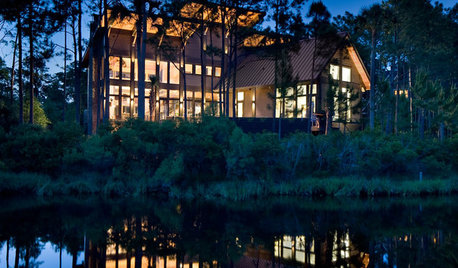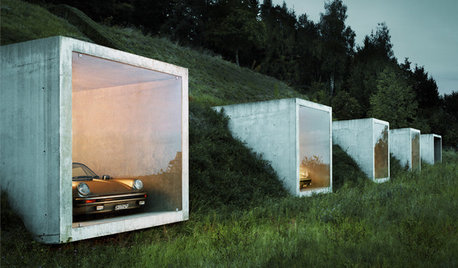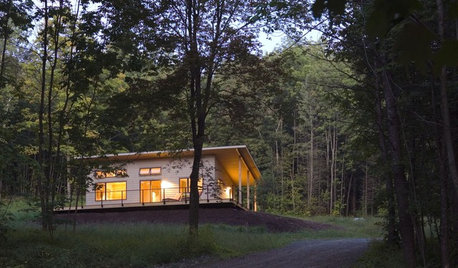collecting worms from outside
nrgraham22
19 years ago
Related Stories

GARDENING GUIDESHouzz TV: Make a Worm Bin for Rich Soil and Happy Plants
A worm-powered compost bin that can fit under a sink turns food scraps into a powerful amendment for your garden. Here’s how to make one
Full Story
BASEMENTSHouzz TV: This Guy’s Giant Lego Collection Proves Everything Is Awesome
You may have seen our story about this architect’s Lego-filled basement. Now watch the video to see just how he organizes all 250,000 pieces
Full Story
HEALTHY HOME6 Tips From a Nearly Zero-Waste Home
Lower your trash output and increase your quality of life with these ideas from a mom who did it to the max
Full Story
ARTCollect With Confidence: An Art-Buying Guide for Beginners
Don't let a lack of knowledge or limited funds keep you from the joy of owning art. This guide will put you on the collector's path
Full Story
COASTAL STYLEContemporary Collection: 5 Dynamic Island Homes
Modern lines and contemporary design put beach cottage expectations out to sea for this handful of unusual American island homes
Full Story
DECORATING GUIDES6 Extraordinary Collections Show True Passion
Love of cars, toys, watches and more finds grand and fearless expression in these homeowners' incredible display spaces
Full Story
MODERN ARCHITECTURECabin Collection: 5 Modern Cabins Across the U.S.
These fresh, open spaces are just as spare as those of early American settlers — but a lot more relaxing
Full Story
HOUZZ TOURSMy Houzz: Cheerful, Cool and Collected in a Brooklyn Loft
Vintage pieces and travel mementos smooth out the rough edges in a former sandpaper factory
Full Story
HOUZZ TOURSHouzz Tour: Clean, Colorful and Collected in Denmark
Josina Bergsøe uses color and quirky product to create a cozy home for her family of 5
Full Story
VINTAGE STYLE8 Tips for Collecting Chic Vintage Barware
Make cocktail hour a swanky affair without shelling out too much dough, by hitting up thrift stores for glasses and more
Full StoryMore Discussions






squeeze
carmellia
Related Professionals
Canton Landscape Architects & Landscape Designers · Panama City Landscape Architects & Landscape Designers · Arlington Landscape Contractors · Dudley Landscape Contractors · Fair Oaks Landscape Contractors · Firestone Landscape Contractors · Middle River Landscape Contractors · Monterey Landscape Contractors · Paterson Landscape Contractors · Petaluma Landscape Contractors · Goodlettsville General Contractors · Alhambra General Contractors · Jeffersonville General Contractors · Nampa General Contractors · Roselle General ContractorsKelly_Slocum
pyropunk
sbryce_gw
seamommy
sbryce_gw
sbryce_gw
pyropunk